Have you ever experienced shortness of breath while you were going for a long run or climbing some steep stairs? This is completely normal after intense exercise, or when you’re doing physical activity your body isn’t accustomed to.
However, many patients have a sensation of not being able to catch their breath without any strenuous exercise. The medical term for this condition is dyspnea. It’s a widely studied respiratory health issue, affecting a great number of people around the world.
What is shortness of breath?
To understand what exactly dyspnea is, it’s important to comprehend how our breathing operates.
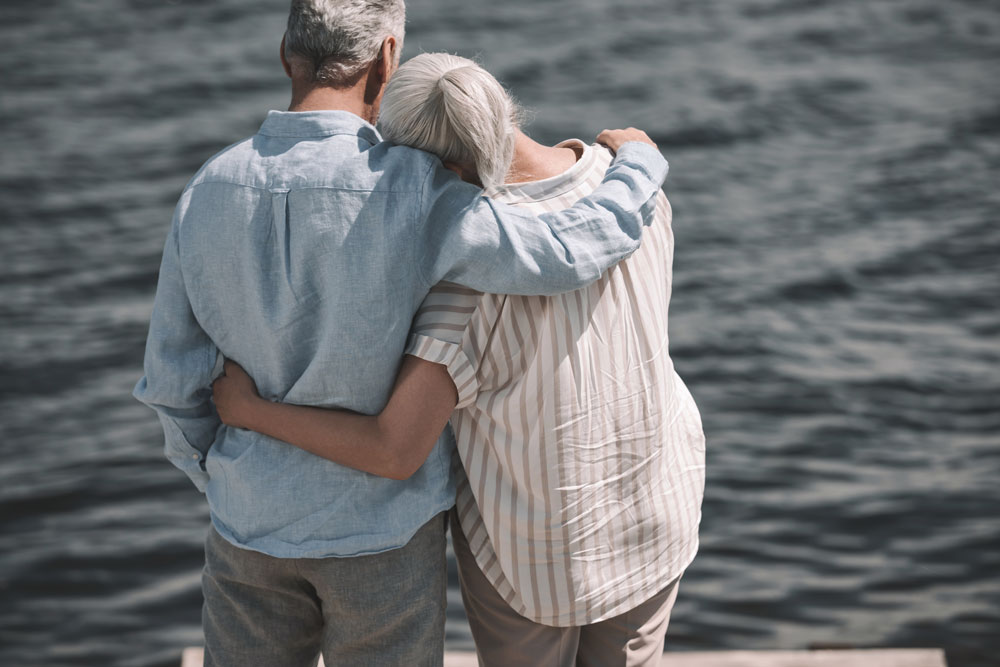
Your respiratory system
When you breathe in, your blood, with the help of your alveoli, becomes oxygen (O2) rich and carries this oxygen to your body’s tissues. That O2 is then used and there is a carbon dioxide (CO2) build up, which the blood carries back to the lungs. You then breathe out that CO2. The breathing rate is dependent on the concentration of CO2 in your blood.
So, the more CO2 build up there is, the more you will breathe. Moreover, a higher acidity level in your blood can increase the breathing rate too. This can give you a sensation of shortness of breath and difficulty breathing. The reasons for the higher acid and CO2 levels can vary vastly and need to be assessed by your physician.
Resting or active shortness of breath
It can be classified as resting or exercising dyspnea, which respectively means it happens when not moving or occurs after activity. Dyspnea can also be classified as acute or chronic. Acute is when it happens suddenly and chronic is when it comes on gradually over a long time. These classifications are important when it comes to figuring out the right treatment for you.
But don’t worry—healthy people sometimes have difficulty breathing at high altitudes or after a lot of sports. Temporary shortness of breath doesn’t automatically mean you have dyspnea.
What are the signs of shortness of breath (dyspnea)?
The signs and symptoms may include:
- Chest pain
- Coughing
- Blue fingertips
- Feeling of fatigue
- Dizziness
- Pain during inhalation
- Coughing up blood (Bloody sputum)
- Wheezing
- Swelling in the feet and legs
- Breathlessness
What are the causes of shortness of breath?
The causes for breathlessness and their treatments can be different depending on if you have acute or chronic dyspnea.
Acute dyspnea causes
The causes can include:
- Heart attack
- Asthma
- Bronchitis
- Carbon monoxide poisoning
- Pneumonia
- Upper airway obstruction
- Low blood pressure
- Pneumothorax
- Anemia
- Pulmonary embolism
- Anxiety
Chronic dyspnea causes
The causes may include:
- Asthma
- Obesity
- Chronic obstructive pulmonary disease (COPD)
- Lung diseases like pulmonary fibrosis, tuberculosis, lung cancer, and pulmonary hypertension
- Heart diseases
If you or a loved one shows signs of shortness of breath, consult your physician to get the right care for you. It is usually an indication for a more serious underlying health issue. Treatments for the patient can vary depending on what the cause is.
Here at Haym Salomon Home for Nursing & Rehabilitation in Brooklyn, we are equipped to care of you or your loved ones who are diagnosed with shortness of breath. Please contact us at any time for more information regarding our services.
This content comprises informative and educational resources only and can not be considered as a substitute for professional health or medical guidance. Reliance on any information provided in this article is solely at your own risk. If you have any inquiries or apprehensions about your medical condition or health goals, talk with a licensed physician or healthcare provider.

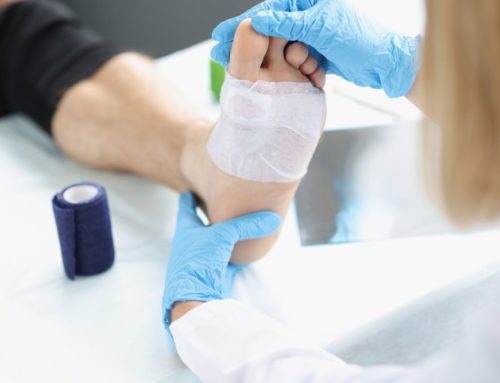
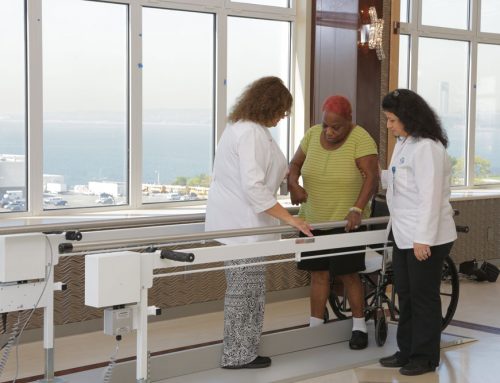
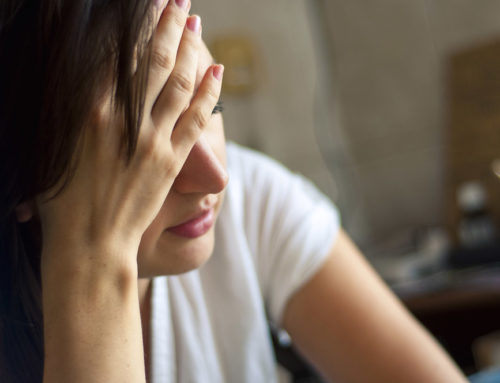
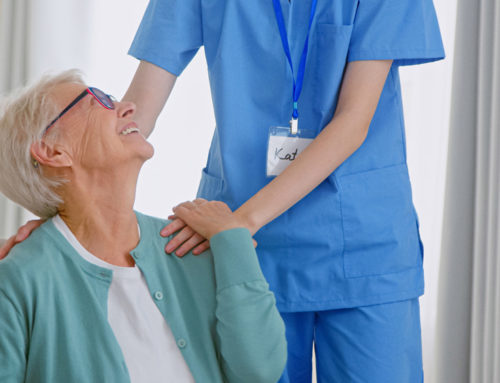
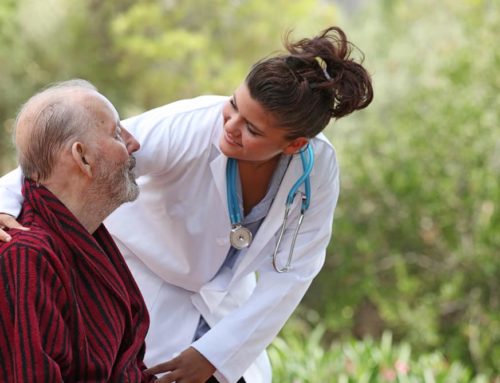
Leave A Comment